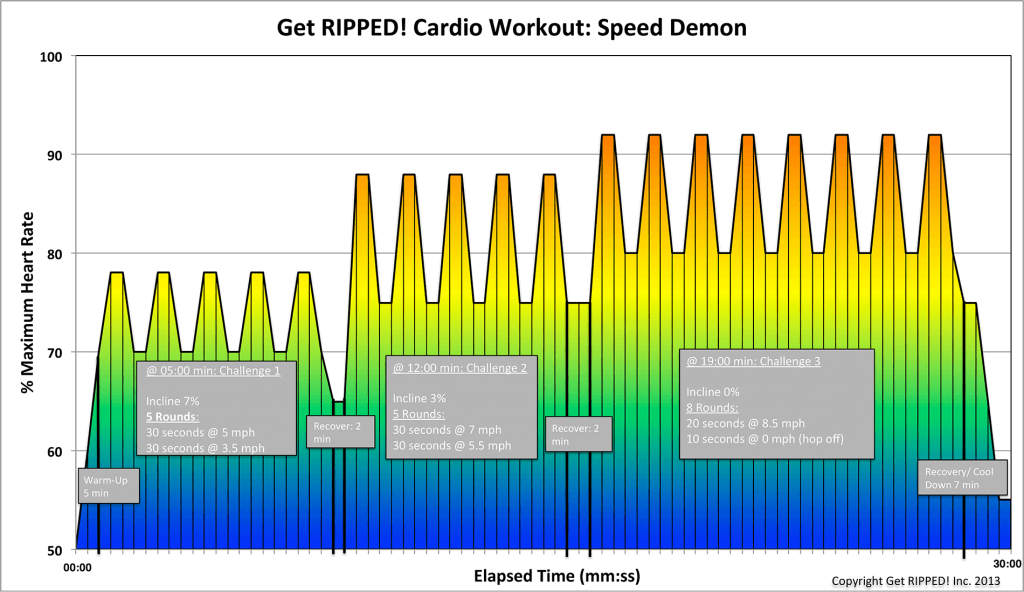Blog, Fitness Tips
Have You Tried Floating Yoga Yet
If you haven’t heard of floating yoga, you won’t be surprised to find it’s relatively new. Instead of doing yoga on a yoga mat that’s on terra firma, you do it on a floating mat—board—that’s in a pool. The difficulty balancing in yoga is intensified by the need to keep your center of gravity over the board by using core muscles. It’s harder than doing paddle boarding because you’re doing the very exercises to help maintain your balance when paddle boarding, yoga.
You have to develop focus to do it well.
If you’re like many people who exercise, once you’ve learned the sequence of exercises, you tend to do the workout without much thought. It’s also true if you do yoga. You move from one pose to another in a smooth transition, but with very little focus. If you’re on a floating yoga board you have to focus on every move as you shift your weight to maintain your balance and stay afloat.
Floating yoga can make exercising fun again.
While I love the fat-busting “get ripped” routines, I also love a challenge and trying new things. Floating yoga is definitely both. I’m not sure I would be able to do it if I weren’t in shape. Some people take yoga classes first to prepare their bodies for the experience and understand each pose. It’s fun to try and burns tons of calories, since it works a large group of muscles, particularly core muscles. Trying it with friends makes it more social and can add even more fun to the mix.
Building core muscles improves your posture and abs.
If you’ve ever practiced yoga, you know it can be tough, so expect an even more rigorous workout from floating yoga. While yoga requires balance as you move through the poses, imagine how hard it will be when the ground isn’t stationary, but moves with your every movement. It’s done in a pool, so you won’t be fighting as much water movement as you would at a lake or the ocean. That, however, is not true if someone falls off their board. That gentle wave can be enough to cause you to lose your balance as well.
- Floating yoga helps improve heart health. The increased circulation, improved focus and exercise not only burns off the hormones of stress and reduces inflammation, but it can also lower blood pressure while aiding in weight loss.
- Unlike regular yoga, water adds an important element. Just moving in water is more difficult, so you’ll burn more calories. Getting back up onto the board after a fall also burns additional calories.
- Whether you choose floating yoga or any other type of yoga, studies have shown that all types of yoga can reduce the biochemical markers of inflammation, which can help relieve chronic conditions.
- A review of 34 studies found that doing any type of yoga can increase brain activity in the part of the brain responsible for executive functioning, motivation and attention. That area also controls neuroplasticity—the ability of the brain to develop new neurons and grow.
For more information, contact us today at Get RIPPED! by Jari Love


